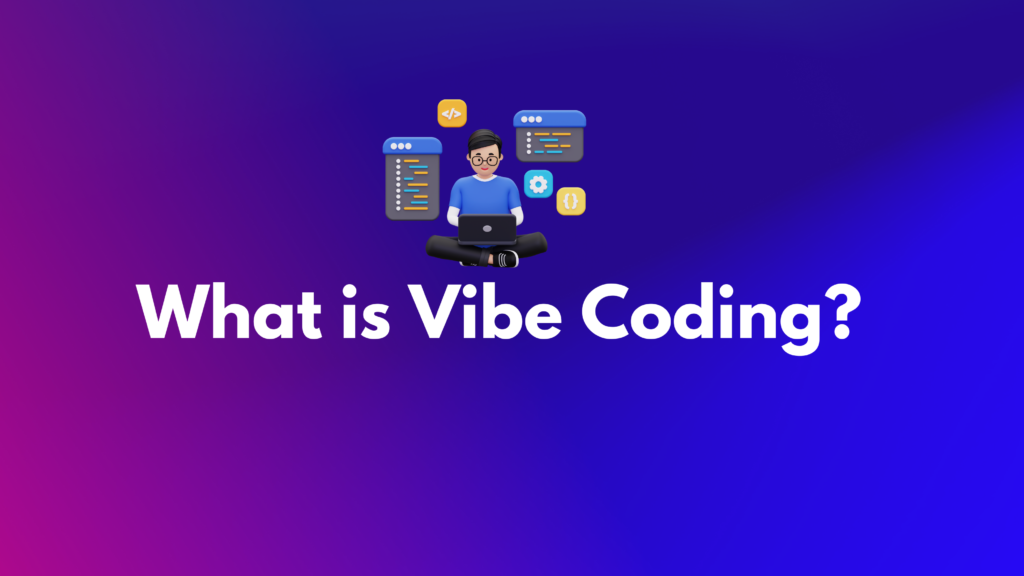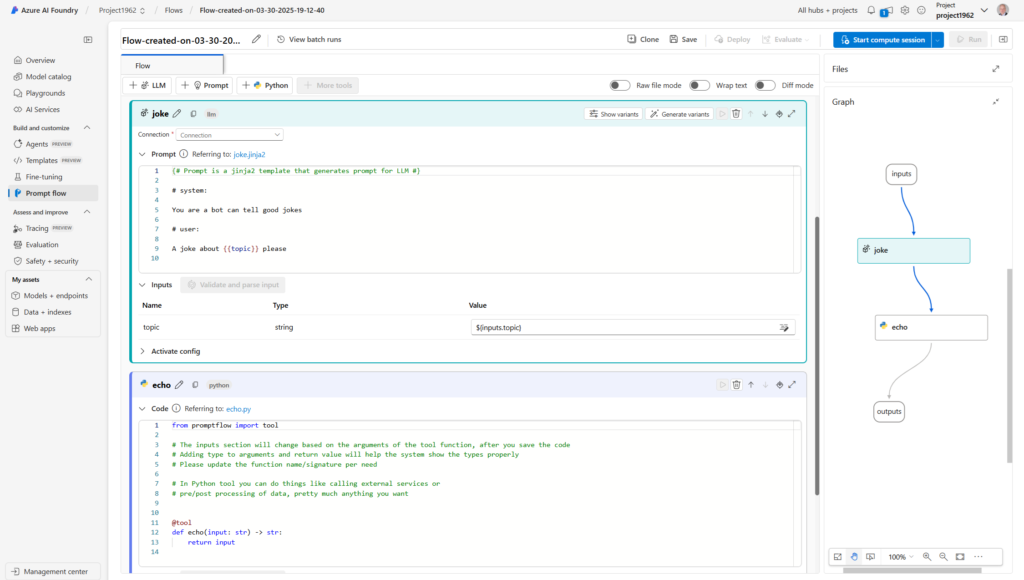Intro
Low-code platforms like the Power Platform have democratized software development. They make it much easier to build applications and automate workflows.
However, a new technique is emerging in the pro-code space that is quick and powerful: Vibe Coding.

Vibe Coding
I have spent a fair amount of time vibe coding over the past few weeks.
Vibe coding isn’t a formal methodology or framework. Instead, it’s a mindset and approach that combines the raw flexibility of code with the intuitive, conversational interfaces provided by Large Language Models (LLMs) such as ChatGPT.
In its simplest form, vibe coding requires the developer to write just enough software code, often in an experimental or explorative way, and paste it into an LLM with a prompt describing the intended outcome and a request to improve or complete the coding.
Some vibe coding purists go even further. They insist that you shouldn’t write any code, just let the LLM do it all. Their view is whatever code you write, it won’t be as good as that produced by the LLM, so just concentrate on wording your prompt correctly. This is my preferred approach.
Once the LLM has written the code, copy, paste and run it. It may work or it may not be quite what you need. You may get an error code or message. Tell the LLM what is not working or simply copy and paste the error into the LLM and request updated code. You will likely need to iterate this process several times or more, but ultimately, you’ll get what you want.
The internet is buzzing with developers who have used vibe coding to write interactive games in an hour or so that previously would have taken weeks. Vibe coding has the benefit that it can be used with pretty much any software language.
How Vibe Coding Can Benefit Power Platform Developers
I’ve been integrating Canvas apps and flows to LLMs to get the benefit of incorporating AI into my apps for a couple of years. It’s a great combination with the Canvas app being the UI and a flow being the middleware connecting to the LLM via the HTTP connector and an API.
This approach works really well when the user inputs the data or text into the Canvas app. This may be manually entered or uploaded say in a Word document. Power Automate sends the data to the LLM (having extracted the text from the Word doc) together with a prompt.
If the data already exists in Dataverse for example, this approach is not so good. Yes, it’s easy to extract data from a single table with Power Automate, but to capture related records across many tables is not straightforward. Power Automate quickly becomes unwieldy when trying to access and manipulate relational data.
This requires a different approach. Vibe coding to the rescue!
A Vibe Coding User Case: Azure AI Foundry Prompt Flow
Connecting Dataverse to an LLM was the requirement that got me engaged in using Prompt Flow and vibe coding.
Prompt Flow is a tool within Microsoft’s Azure AI Foundry that helps developers design, evaluate, and deploy AI prompts and workflows efficiently. It enables the orchestration of LLM interactions through a visual interface, allowing users to build prompt chains and integrate data sources.
Think of Prompt Flow as Power Automate for AI, where each action in the flow is coded in Python.

A Prompt Flow can be called from Power Automate, meaning that the architecture of using a Canvas app for the UI and Power Automate to connect to the LLM is still valid, the only difference being that Prompt Flow acts as a wrapper to orchestrate the LLM.
For non-developers, the fact that Prompt Flow uses Python was a problem, but with vibe coding that is no longer an issue.
You connect to Dataverse using the Dataverse API, which requires initial set up. You then use a vibe coded Python script that authenticates, explores the table schema, and pulls the relevant data in just a few dozen lines of code. Because you are coding with Python, you get full control over the data. The retrieved data can be easily manipulated to match exactly what you want to send to the LLM, in a way that wouldn’t be practical with Power Automate.
Try Vibe Coding For Yourself
Prompt Flow is one way in which vibe coding is useful for Power Platform developers, but there are plenty of others, such as creating Azure functions. What was once out of reach for non-developers is now easily achievable.
The Power Platform is an excellent toolset. It’s perfect for standardized, repeatable business processes. Low-code was never intended to do everything, and complex requirements have always needed pro-code. With vibe coding, pro-code has just got whole lot easier. Not only that, it’s fun to do and will enhance your skill set. No longer will you be reliant on pro-coders to build your custom code extension!
If you want to quickly try out vibe coding, just ask an LLM to write you some Power FX and test the reults.
As LLMs continue to evolve and integrate into the development process, expect vibe coding to become more sophisticated and mainstream. Soon it will be fully embedded in development environments like Copilot currently is, but with much greater capability. I do use Copilot but not for vibe coding.
There are different thoughts on the best LLM to use. Personally I use ChatGPT and Deepseek and they work fine for my needs.
If you’d like to learn more about vibe coding, including some of the more advanced techniques, below are a couple of great Youtube videos from Matt Berman
Matthew Berman: What is Vibe Coding?
Matthew Berman: Vibe Coding Tutorial – Setup and Advanced Tips and Tricks